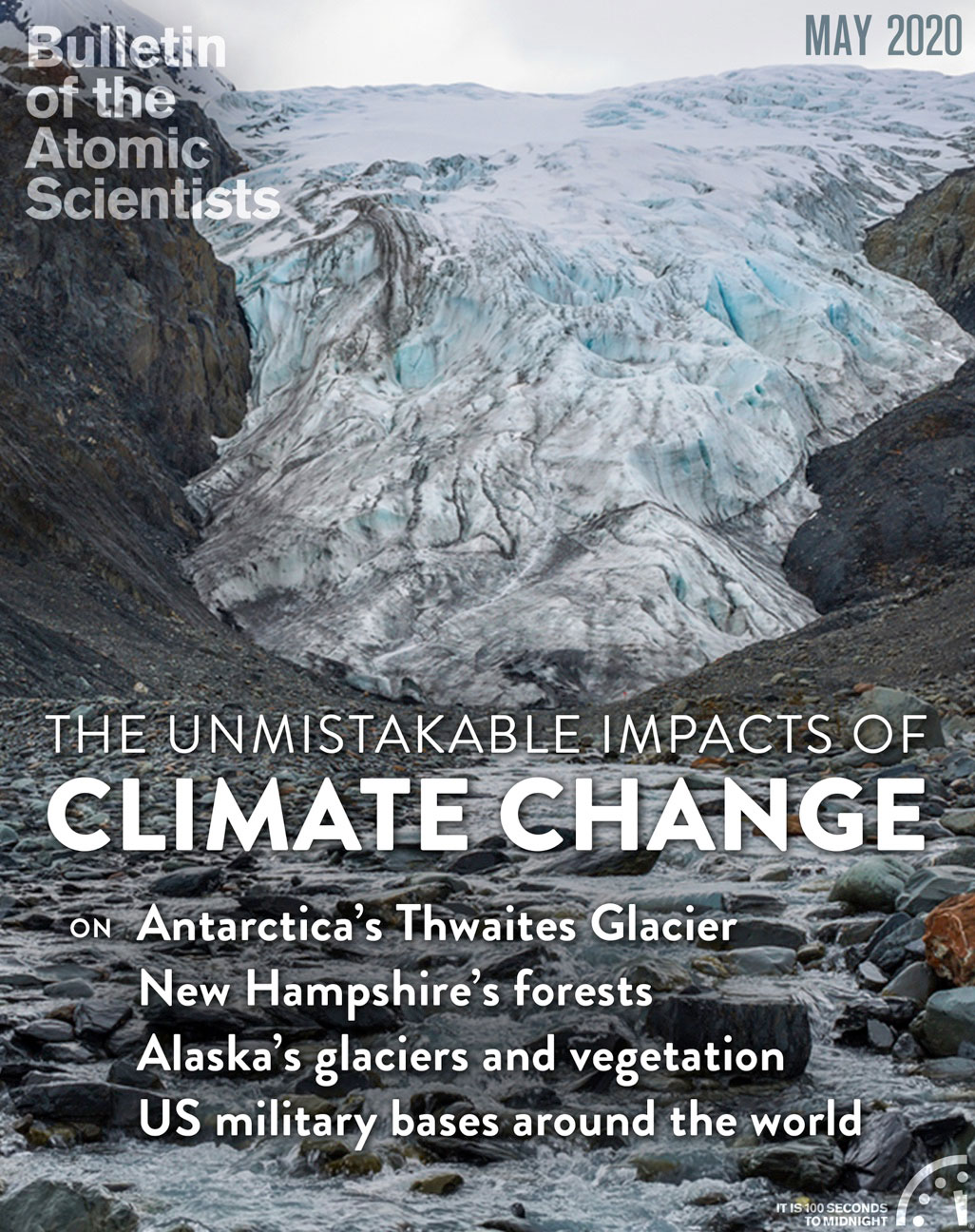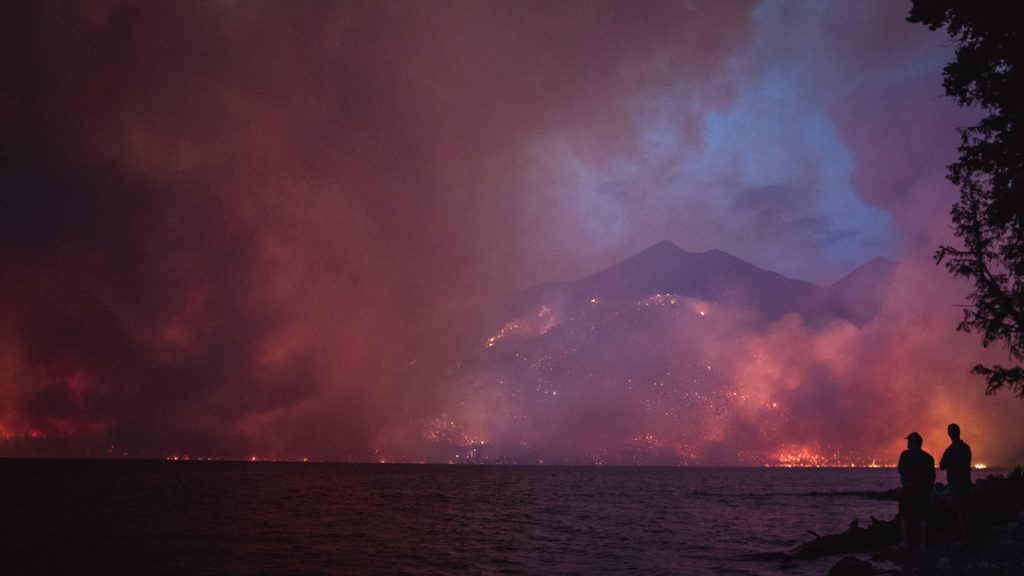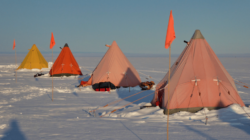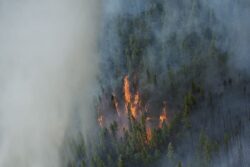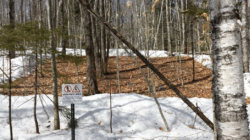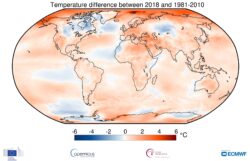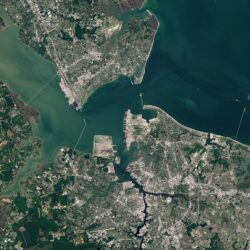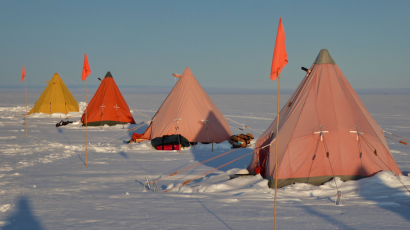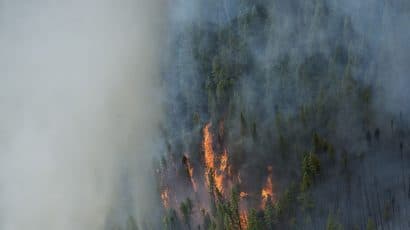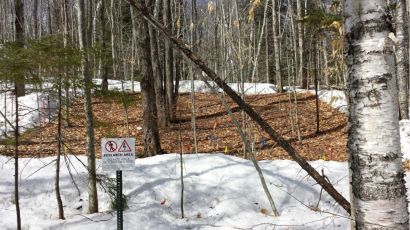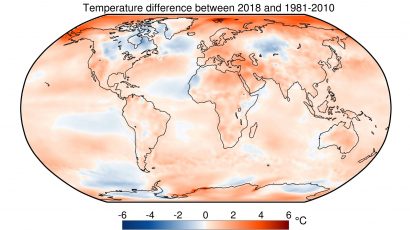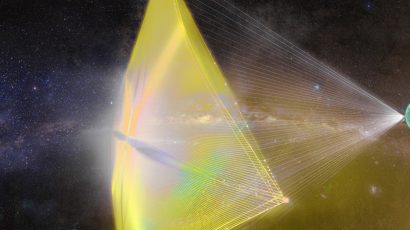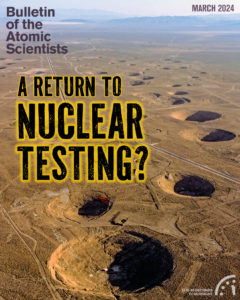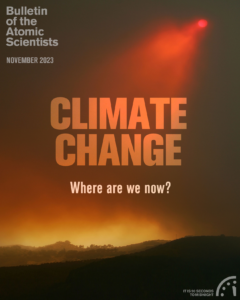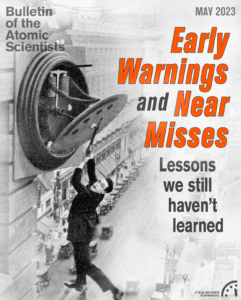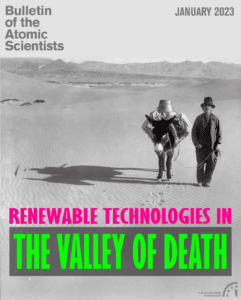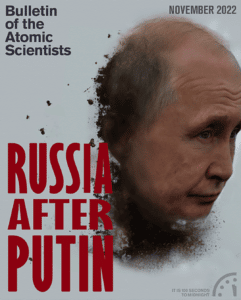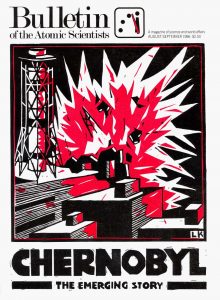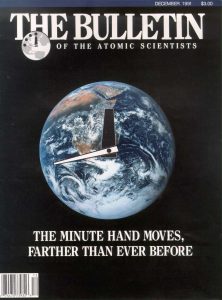DIGITAL MAGAZINE
May 2020
DIGITAL MAGAZINE
May 2020
Cover design by Thomas Gaulkin
The climate change evidence right before our eyes. And a note on COVID-19
Peter Davis of the British Antarctic Survey on changes in the Thwaites Glacier
Brian Brettschneider: How climate change has already arrived in the Arctic
Shorter, warmer winters, less snow. What next? Q&A with biologist Pamela Templer
How we know the Earth is warming and humans are responsible
Sea level rise and beyond: Is the US military prepared for climate change?
Reaching for the stars: The case for cooperative governance of directed energy technologies
Peter Davis of the British Antarctic Survey on changes in the Thwaites Glacier
Brian Brettschneider: How climate change has already arrived in the Arctic
Shorter, warmer winters, less snow. What next? Q&A with biologist Pamela Templer
How we know the Earth is warming and humans are responsible
Sea level rise and beyond: Is the US military prepared for climate change?
Reaching for the stars: The case for cooperative governance of directed energy technologies
Cover design by Thomas Gaulkin
Subscribe now
We've relaunched the Bulletin's award-winning digital magazine. Get premium access for less than $5 a month.
Magazine archive

Premium subscribers can read the complete Bulletin of the Atomic Scientists’ archive, which contains every article published since our founding in 1945.
This archive was created in honor of John A. Simpson, one of the Bulletin’s principal founders and a longtime member of its Board of Sponsors. This searchable archive provides exclusive online access to original interviews and commentary by luminaries like Albert Einstein, J. Robert Oppenheimer, Ruth Adams, John F. Kennedy, Stephen Hawking, Christine Todd Whitman, US Secretary of Defense William J. Perry, and multiple Nobel laureates.
